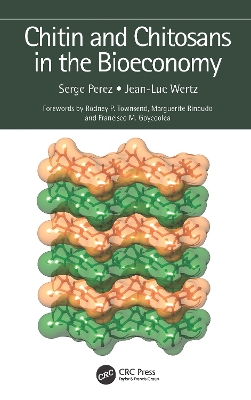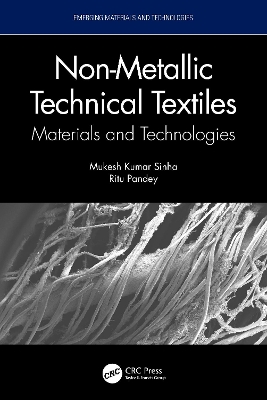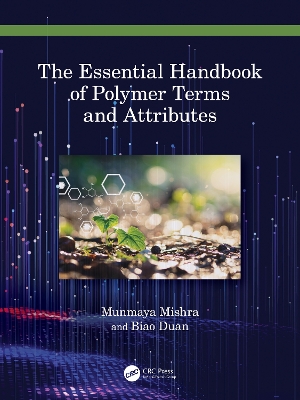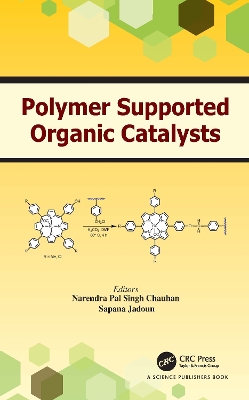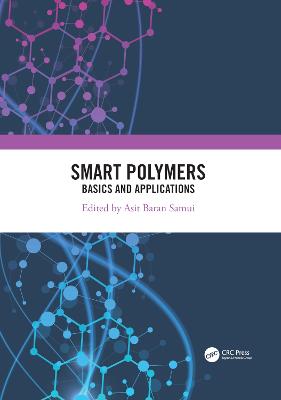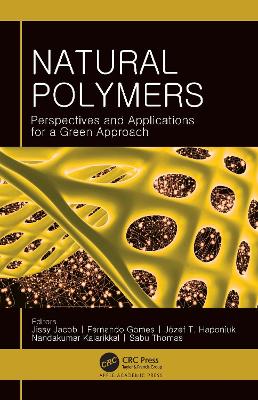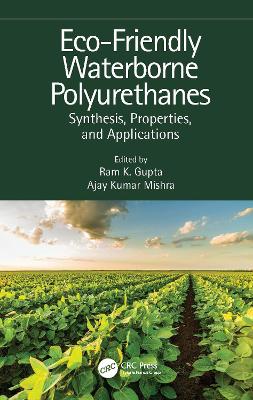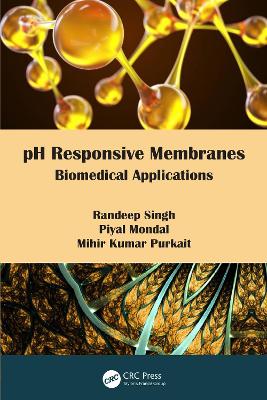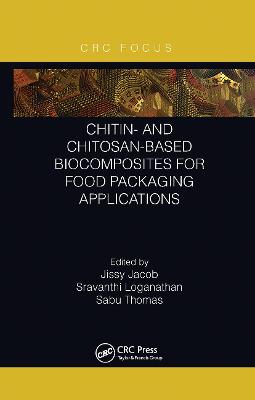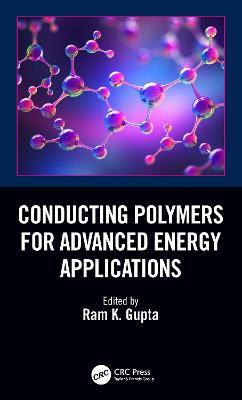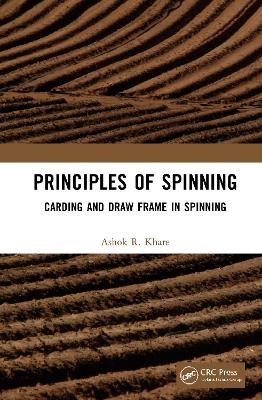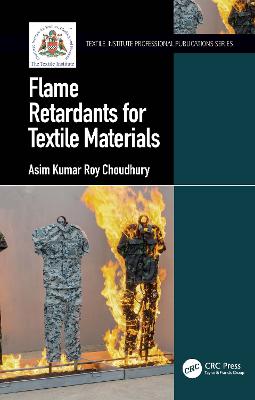Conformations
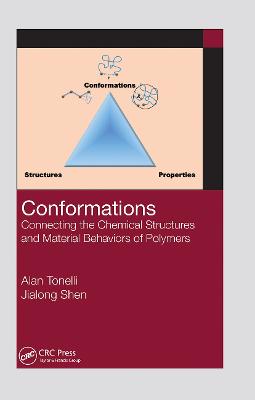 portes grátis
portes grátis
Conformations
Connecting the Chemical Structures and Material Behaviors of Polymers
Shen, Jialong; Tonelli, Alan E.
Taylor & Francis Ltd
12/2021
236
Mole
Inglês
9781032241531
15 a 20 dias
344
Preface ...................................................................................................... ix
Authors ...................................................................................................xiii
Chapter 1 Polymer Physics or Why Polymers and Their Materials
Can Behave in Unique Ways ................................................ 1
Introduction .......................................................................... 1
References ............................................................................ 7
Discussion Questions ............................................................ 7
Chapter 2 Polymer Chemistry or the Detailed Microstructures
of Polymers ........................................................................... 9
Polymerization ...................................................................... 9
Step-Growth Polymers ..................................................... 9
Chain-Growth Polymers .................................................11
Chain-Growth Polymer Microstructures ................... 12
Branching and Cross-Linking ....................................14
Comonomer Sequences ...............................................17
References ...........................................................................18
Discussion Questions ...........................................................18
Chapter 3 Determining the Microstructural Dependent
Conformational Preferences of Polymer Chains .................19
Introduction .........................................................................19
References ...........................................................................41
Discussion Questions .......................................................... 42
Appendix: Fortran Program for Hexane "by-hand"
Conformational Populations and Distances ........................43
Chapter 4 Experimental Determination of Polymer
Microstructures with 13C-NMR Spectroscopy ................... 57
Introduction ........................................................................ 57
Substituents Effects ............................................................ 58
References .......................................................................... 67
Discussion Questions .......................................................... 67
Appendix 4.1: Polymer Macrostructures and the
Kerr Effect .......................................................................... 68
Appendix 4.2: Access to Program (FORTRAN) Used
to Calculate Molar Kerr Constants for Polymers ............... 84
Chapter 5 Connecting the Behaviors/Properties of Polymer
Solutions and Liquids to the Microstructural
Dependent Conformational Preferences of Their
Polymer Chains .................................................................109
Introduction .......................................................................109
Intrinsic Viscosities of Dilute Polymer Solutions ..............112
Polymer Entanglement ......................................................115
Dynamic Behaviors of Polymer Solutions and Melts ....... 120
References ........................................................................ 120
Discussion Questions .........................................................121
Chapter 6 Connecting the Behaviors/Properties of Polymer Solids
to the Microstructural Dependent Conformational
Preferences of Their Individual Polymer Chains ..............123
Introduction .......................................................................123
Solid Polymer Properties and Zconf ................................... 124
Copolymer Tgs and Their Comonomer-Sequence
Dependence ...................................................................... 125
Melting Temperatures of Semi-crystalline Polymers ........132
The Flexibilities of Polymers with
1,4-attached Phenyl Rings in Their Backbones ................140
Poly(ethylene phthalates) ...............................................140
Polymers with High Impact Strengths Well
Below Their Glass-Transition Temperatures .................144
Elastic Polymer Networks .................................................149
Thermodynamics of Polymer Networks .......................151
Polymer Network Topology ..........................................152
Modulus of a Polymer Network ....................................167
References .........................................................................174
Discussion Questions .........................................................177
Appendix 6.1 .....................................................................178
Chapter 7 Biopolymer Structures and Behaviors
with Comparisons to Synthetic Polymers ..........................179
Introduction .......................................................................179
Polysaccharides .................................................................179
Proteins ..............................................................................184
Polynucleotides ................................................................. 200
References .........................................................................212
Discussion Questions .........................................................215
Index ......................................................................................................217
Preface ...................................................................................................... ix
Authors ...................................................................................................xiii
Chapter 1 Polymer Physics or Why Polymers and Their Materials
Can Behave in Unique Ways ................................................ 1
Introduction .......................................................................... 1
References ............................................................................ 7
Discussion Questions ............................................................ 7
Chapter 2 Polymer Chemistry or the Detailed Microstructures
of Polymers ........................................................................... 9
Polymerization ...................................................................... 9
Step-Growth Polymers ..................................................... 9
Chain-Growth Polymers .................................................11
Chain-Growth Polymer Microstructures ................... 12
Branching and Cross-Linking ....................................14
Comonomer Sequences ...............................................17
References ...........................................................................18
Discussion Questions ...........................................................18
Chapter 3 Determining the Microstructural Dependent
Conformational Preferences of Polymer Chains .................19
Introduction .........................................................................19
References ...........................................................................41
Discussion Questions .......................................................... 42
Appendix: Fortran Program for Hexane "by-hand"
Conformational Populations and Distances ........................43
Chapter 4 Experimental Determination of Polymer
Microstructures with 13C-NMR Spectroscopy ................... 57
Introduction ........................................................................ 57
Substituents Effects ............................................................ 58
References .......................................................................... 67
Discussion Questions .......................................................... 67
Appendix 4.1: Polymer Macrostructures and the
Kerr Effect .......................................................................... 68
Appendix 4.2: Access to Program (FORTRAN) Used
to Calculate Molar Kerr Constants for Polymers ............... 84
Chapter 5 Connecting the Behaviors/Properties of Polymer
Solutions and Liquids to the Microstructural
Dependent Conformational Preferences of Their
Polymer Chains .................................................................109
Introduction .......................................................................109
Intrinsic Viscosities of Dilute Polymer Solutions ..............112
Polymer Entanglement ......................................................115
Dynamic Behaviors of Polymer Solutions and Melts ....... 120
References ........................................................................ 120
Discussion Questions .........................................................121
Chapter 6 Connecting the Behaviors/Properties of Polymer Solids
to the Microstructural Dependent Conformational
Preferences of Their Individual Polymer Chains ..............123
Introduction .......................................................................123
Solid Polymer Properties and Zconf ................................... 124
Copolymer Tgs and Their Comonomer-Sequence
Dependence ...................................................................... 125
Melting Temperatures of Semi-crystalline Polymers ........132
The Flexibilities of Polymers with
1,4-attached Phenyl Rings in Their Backbones ................140
Poly(ethylene phthalates) ...............................................140
Polymers with High Impact Strengths Well
Below Their Glass-Transition Temperatures .................144
Elastic Polymer Networks .................................................149
Thermodynamics of Polymer Networks .......................151
Polymer Network Topology ..........................................152
Modulus of a Polymer Network ....................................167
References .........................................................................174
Discussion Questions .........................................................177
Appendix 6.1 .....................................................................178
Chapter 7 Biopolymer Structures and Behaviors
with Comparisons to Synthetic Polymers ..........................179
Introduction .......................................................................179
Polysaccharides .................................................................179
Proteins ..............................................................................184
Polynucleotides ................................................................. 200
References .........................................................................212
Discussion Questions .........................................................215
Index ......................................................................................................217

